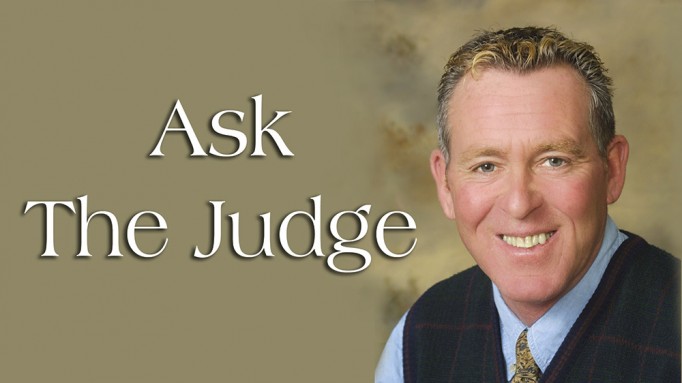What type of contact are you looking for in a hunter under saddle class? Do you have an image of how you would like the hunter to carry his head and neck?
To start with, the winner of an under saddle class should move well. My definition of a good mover is a long, low, athletic stride in a relaxed manner. I prefer a horse that appears elastic and supple, that moves lightly with a reaching swing from his shoulder, versus one that moves too flat and only from its elbow. I like a horse with a strong push behind that reaches well under itself without high hock action. These traits should be noticed at the trot and canter, as well as the walk. The walk, too often overlooked, should be long and relaxed, rather than tense and ready. In under saddle classes, the walk is the transition gait between the trot and canter.
The true hunter ‘look’ is a horse with good movement, manners, balance and expression. I like to see the neck stretch out in a natural-looking carriage. A neck carried below the withers creates a horse moving on the forehand, and a neck raised too high creates a hollow back.
I like to see the rider have a light feel of the horse’s mouth. The degree of flexion depends on its conformation. Never should the contact with the horse’s mouth appear muscled or contrived. The wagging of the bit or the horse’s head to create flexion is never acceptable.
Lastly, I feel that many horses have a good symmetric trot, but not as many have a great canter. Since hunters jump courses while cantering, this is the most important gait. I keep horses in the ring partially because of their trots, but hopefully the final selection will be determined by the fluid, athletic look of the canter.
Say I’m in an equitation class which calls for further testing and I am called back fourth out of four. Do I play it safe, or do I go for it?
You go for it. You are already in fourth place, so get risky and try to move up in the placings. Safe is fine, but if you want to win you need to take a chance. Show your horsemanship skills by being better than the rest.
There are only six horses in an over fences class and one of them makes a noise (wheezing, roaring). Do you place him?
If I can hear it and I know the horse is unsound of wind, it is not eligible for placing. You have to call it as you hear it. Often you may find yourself in an enclosed area where the sound may be impeded, so in this case it gets by. But whenever you are outside and there is no doubt that you heard it, you have to call it a no ribbon.
I’m in back-to-back classes and my horse goes through the first class in a snaffle bridle. Then the same horse comes back in the second class wearing a pelham bridle. There are only four competitors and they want us to jog to the end of the ring in the first class, then back to the ingate for the second class. What do I do?
Please remember that the horses have to jog back in the bridle they showed in. This is a rule, so the jogs have to be done separately and they will have to leave the ring to change bridles as well. You will need to go and explain this to the ingate person – they have to accommodate you, and should thank you for bringing this to their attention.

